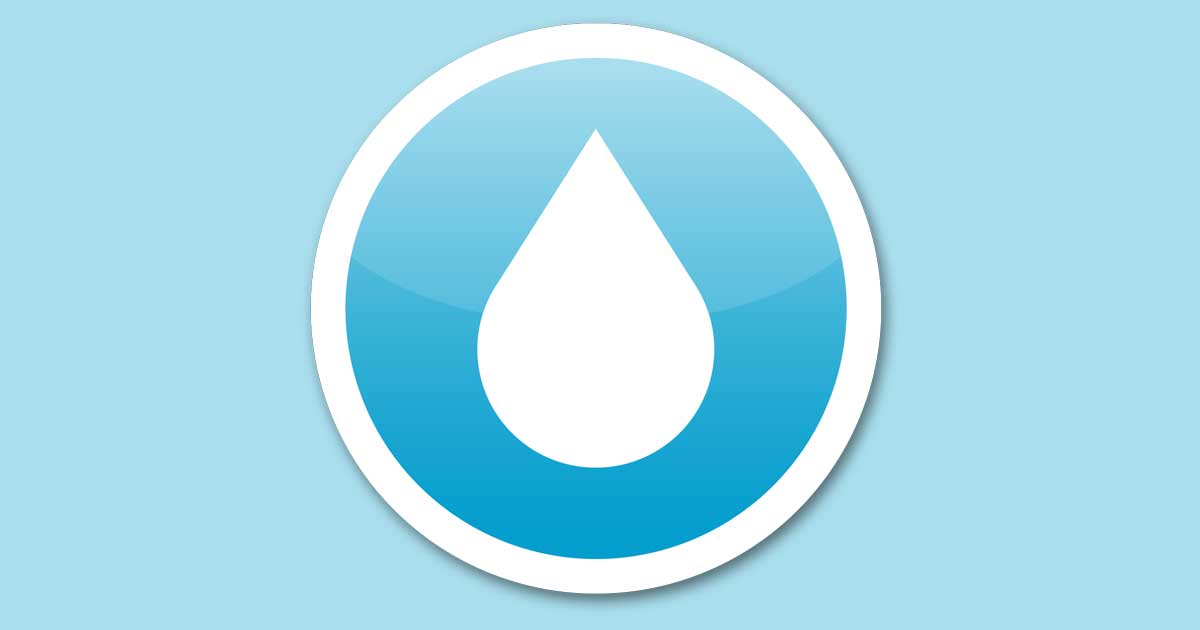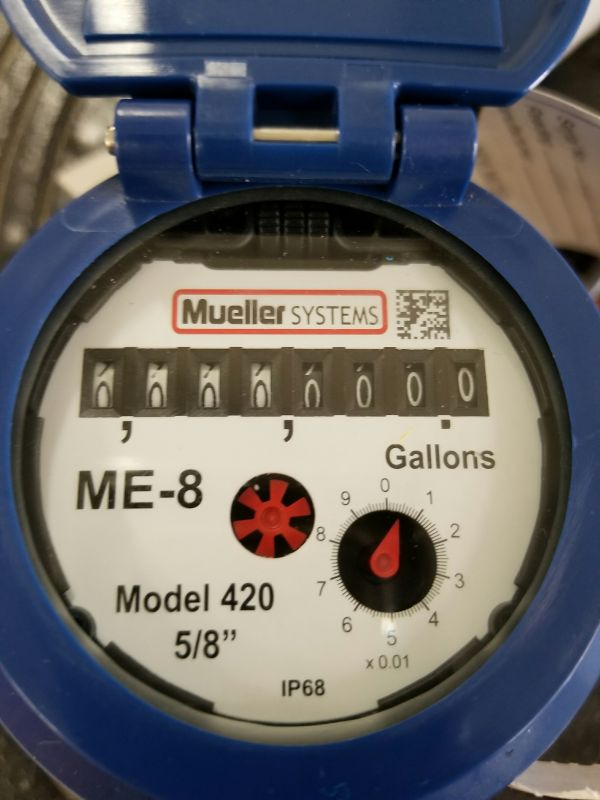We read your meter around the 10th of each month for billing. If you want to check your meter, follow these steps.
STEP 1 Locate your meter pit: generally found towards the front of a property, near the road. The pit is typically in a direct line with the connection into the house. It is housed (underground) in a pit with iron lid, usually marked "Water". Remove the lid by using a tool such as a large screwdriver.
STEP 2 Once you have removed the lid, flip up the protective cap on the meter. On the face of the meter, there is a large dial and a display of numbers. For the residential meter, each rotation of the dial measures 10 gallons. Read the number display from left to right. Be sure to include the stationary zero. This is your meter reading. Our meters measure water in gallons. Charges for the amount of water consumed are rounded to the nearest thousand gallons used during a billing period. Compare that reading to what your bill states as your present reading.
The meter reading will probably be higher than the reading used for billing (due to the fact that you have probably used water since the billing). However, if your reading is considerably higher or lower than what is on your bill, please contact us and let us assist you in determining the problem.
STEP 3 To determine if you may have a leak, make sure you do not have any water running in the house. Look at the red, low flow triangle or star (located to the lower left of the movable dials). If this triangle is moving, there is water going through the meter, indicating a leak. One thing to keep in mind is that a toilet leak (the most common type of leak) will probably not be running constantly but rather off and on.
TIP: A simple test for a leaking toilet is to put a few drops of food coloring into the tank (back) of the toilet and let stand for 15 minutes. Any colored water in the toilet bowl is an indication of a leak. A small leak in your toilet can cost you big money!

 meters
meters